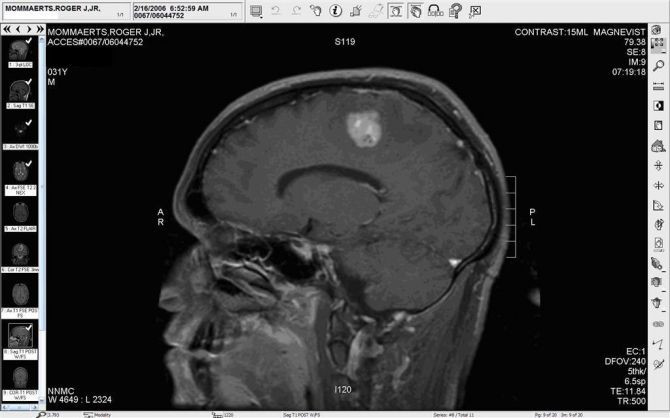New Fingerprint May Improve Outcomes for Head and Neck Cancer Patients

Researchers have found a biomarker in head and neck cancers that can predict whether a patient's tumor will be life threatening.
Researchers at Albert Einstein College of Medicine of Yeshiva University and Montefiore Medical Center, the University Hospital for Einstein, say that the biomarker is particularly promising because it can detect the level of risk immediately following diagnosis.
"Previous efforts to identify biomarkers for guiding treatment of head and neck cancer have not developed anything clinically useful for patients," said Geoffrey Childs, Ph.D., professor of pathology at Einstein and co-senior author of the paper.
Head and neck cancers are the 6th most common malignancy among men worldwide. They most often affect the mouth, back of the throat and larynx, voice box.
Two major risk factors in head and neck cancers include smoking and alcohol use.
After 5 years of diagnosis, only half of patients remain alive and the survival rate hasn’t changed in 40 years.
The researchers believe that their new discovery can provide new testing to guide how aggressively those with head and neck tumors should be treated, eventually raising the survival rate.
For the study, researchers took tissue samples from tumors and nearby healthy tissue from 123 head and neck cancer patients and measured levels of 736 members of a class of RNA molecules known as microRNAs.
“Certain members of this family of RNAs, which regulate protein abundance in cells, are abnormally expressed in head and neck cancers as well as every other malignant cell type yet examined,” explained the authors.
“Of all the microRNAs measured, one in particular, miR-375 stood out for being the most down-regulated in head and neck tumors compared with its levels in adjacent normal tissue.”
Ranking the patients by how extreme the difference was between the miR-375 in their tumor and in the normal tissue, expressing as the ratio "miR-375 level in patient's tumor tissue divided by miR-375 level in patient's normal tissue,” the patients were then followed throughout the course of their illness, the authors explained.
The authors found that MiR-375 proved to be a highly useful biomarker for predicting disease outcome as they found that the patients who had the most extreme difference between their tumor and normal tissue were nearly 13 times more likely to die or 9 times more likely to experience metastasis of their cancer.
Childs said that as a result of the study “[w]e hope that miR-375 will become part of a laboratory test to determine which patients have potentially lethal tumors and therefore should be treated aggressively following initial diagnosis. Our entire head and neck cancer group is working to identify and refine additional biomarkers to create a useful clinical test or 'personalized genetic signature' to help individual patients get the best possible treatment."



























